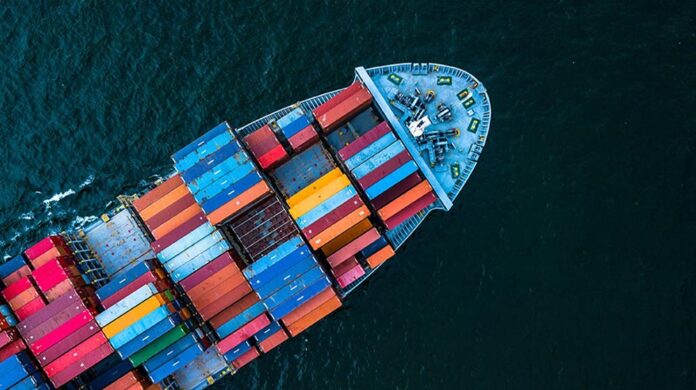Pakistan has witnessed a significant increase in imports in the second half of the outgoing fiscal year, as the State Bank of Pakistan (SBP) eased restrictions on the importation of goods, following directives from the International Monetary Fund (IMF).
This move came as part of the conditions set by the IMF for reaching a Staff-Level Agreement, which would release the final tranche of $1.1 billion under the $3 billion Stand-By Arrangement.
From January to April, the country’s import bill surged to $17.92 billion, up from $25.462 billion recorded from July to December in FY24. Despite the increase in imports, currency experts noted that the SBP has successfully stabilised the exchange rate, managing higher dollar demands from importers.
Bankers have observed that while imports have increased, restrictions remain to control the trade deficit and manage the current account deficit more effectively. Data from the SBP shows that the average monthly imports rose by $244 million to $4.481 billion in the first four months of the year, compared to $4.237 billion in the first half of the fiscal year.
For the fiscal year 10MFY24, Pakistan’s total imports stood at $43.353 billion against exports of $25.669 billion, resulting in a trade deficit of $17.684 billion.
Although exports did not significantly increase dollar inflows, they saw growth mainly due to higher food exports, which totaled $5.963 billion compared to $3.92 billion last year, with rice shipments accounting for $3.063 billion of this amount.
The country is under pressure to boost its dollar reserves to meet an estimated $25 billion in debt servicing for FY25. Remittances saw a modest rise of 3.5% to $23.8 billion during 10MFY24, and foreign direct investment also increased by 8% to $1.45 billion.























